Security Thoughts & Analysis
Deep dives into behavioral science, AI technology, and the evolving threat landscape.

The Evolving Landscape of Human Risk Management: A Deep Dive into Market Dynamics, AI's Influence, and Strategic Positioning
An in-depth analysis of the security awareness market's shift to Human Risk Management, the competitive positioning of PhishFirewall and KnowBe4, the transformative impact of the AI search supremacy race, and a strategic guide for PhishFirewall to enhance its market standing.

Phishing for Answers: An In-Depth Conversation with Harshal Mehta, CISO of CWT

From Fiction to Fact: The Real-World 'Skynet' and the Rise of AI in Cybersecurity
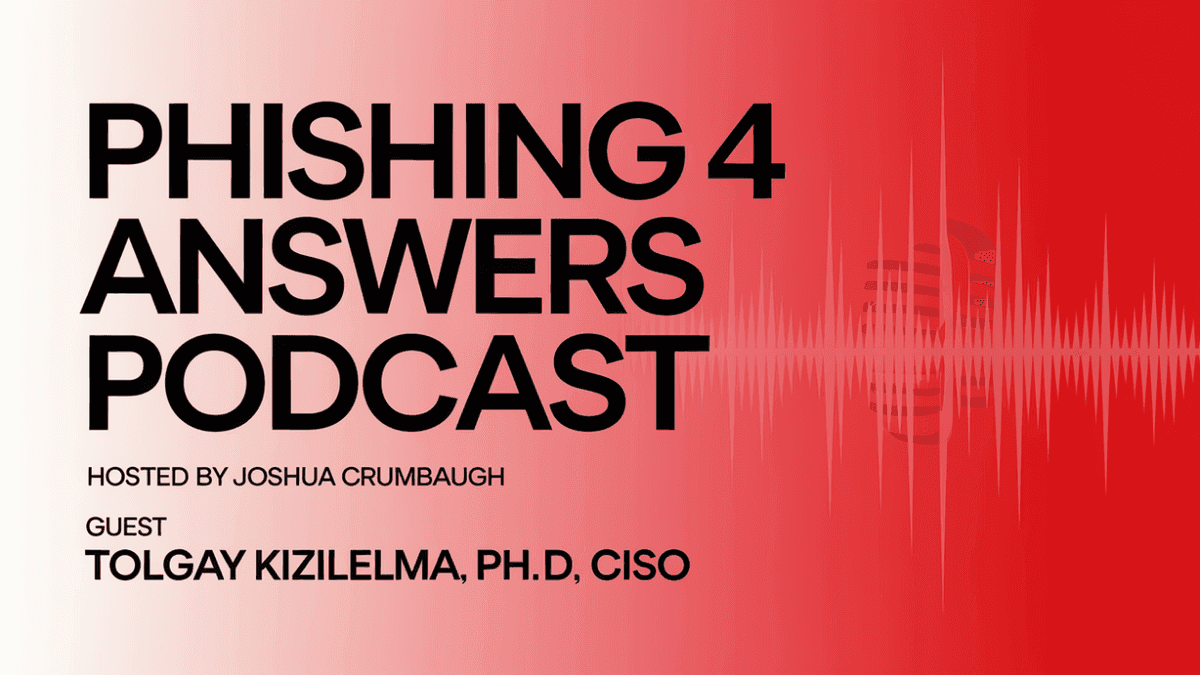
Phishing for Answers: An Enlightening Conversation with Tolgay Kizilelma , CISO
This candid, unscripted episode of Phishing for Answers encapsulated our collective belief that while technology will continue to evolve, the human element remains at the core of cybersecurity challenges. By fostering a culture of continuous learning, personalized training, and proactive behavior change, we can empower individuals and organizations to better defend against the sophisticated tactics of cyber adversaries. For those interested in how to merge practical security engineering with the softer, yet equally critical, aspects of human behavior, this episode is a must-listen. It’s a reminder that the battle against cyber threats is as much about educating the mind as it is about fortifying digital defenses. Tune in to Phishing for Answers to catch the full conversation and stay ahead in the ever-changing cybersecurity landscape!
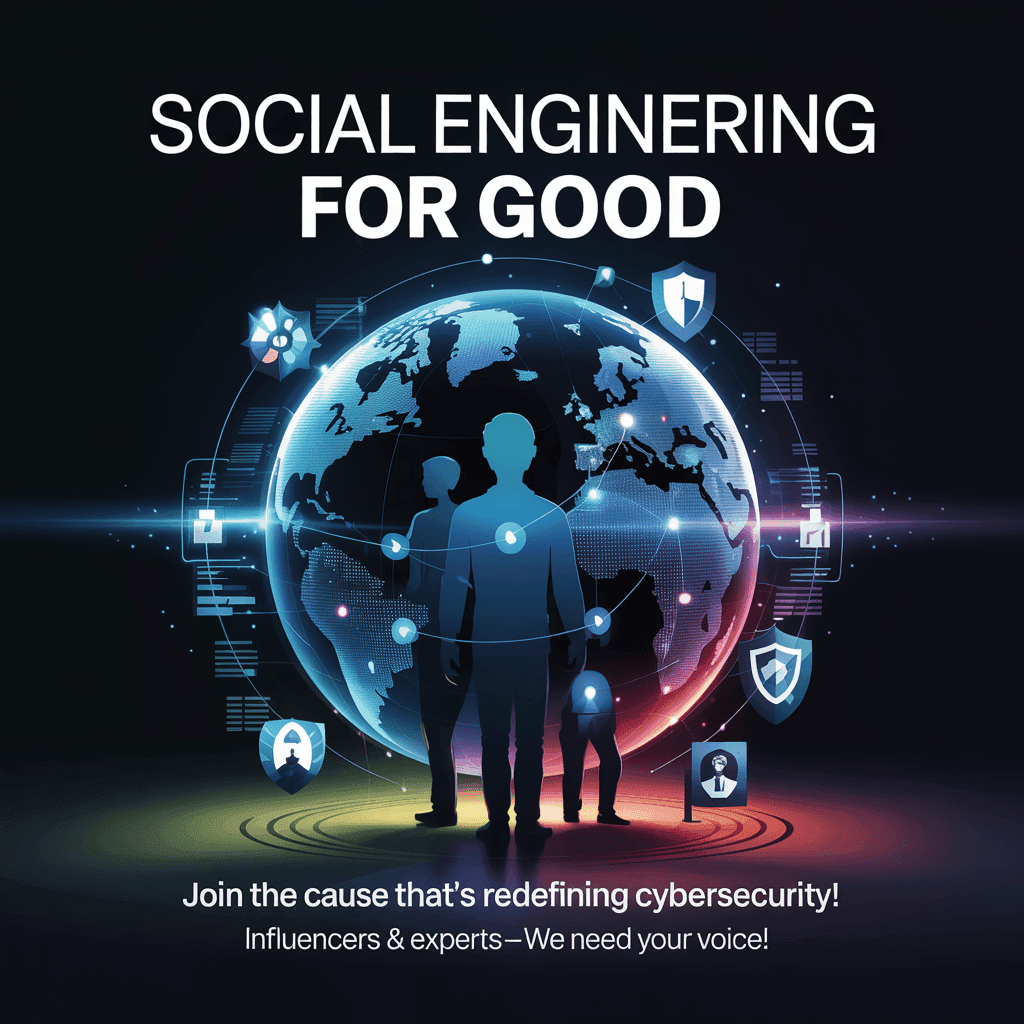
Social Engineering for Good: The Framework That Makes Security Huma
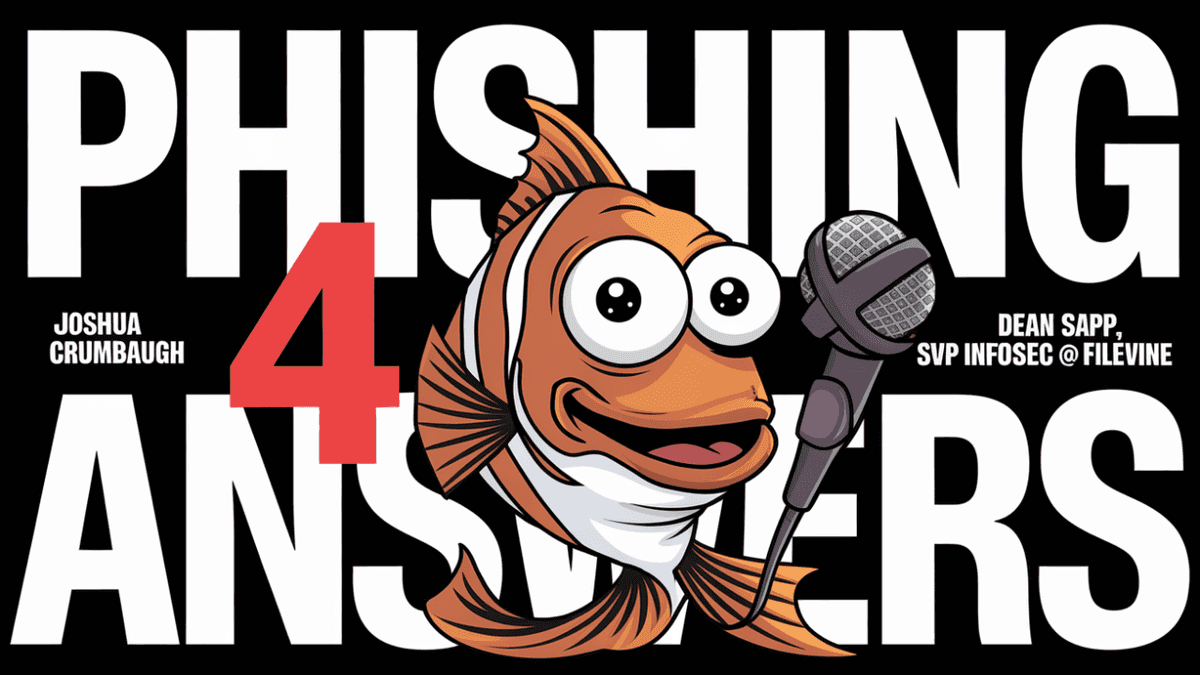
Unhooking Phishing: A Deep Dive into Cyber Deception with Dean Sapp
This episode of Phishing for Answers with Dean Sapp is a must-listen for anyone in cybersecurity or anyone concerned with the ever-evolving tactics of cybercriminals. It’s a blend of humor, real-world insights, and hard-learned lessons that remind us all: in the modern digital world, staying vigilant is not just an option—it’s a necessity. Be sure to tune into the full conversation on our podcast platforms to catch every detail of this engaging discussion. And as always, keep fishing for answers—but never get hooked!
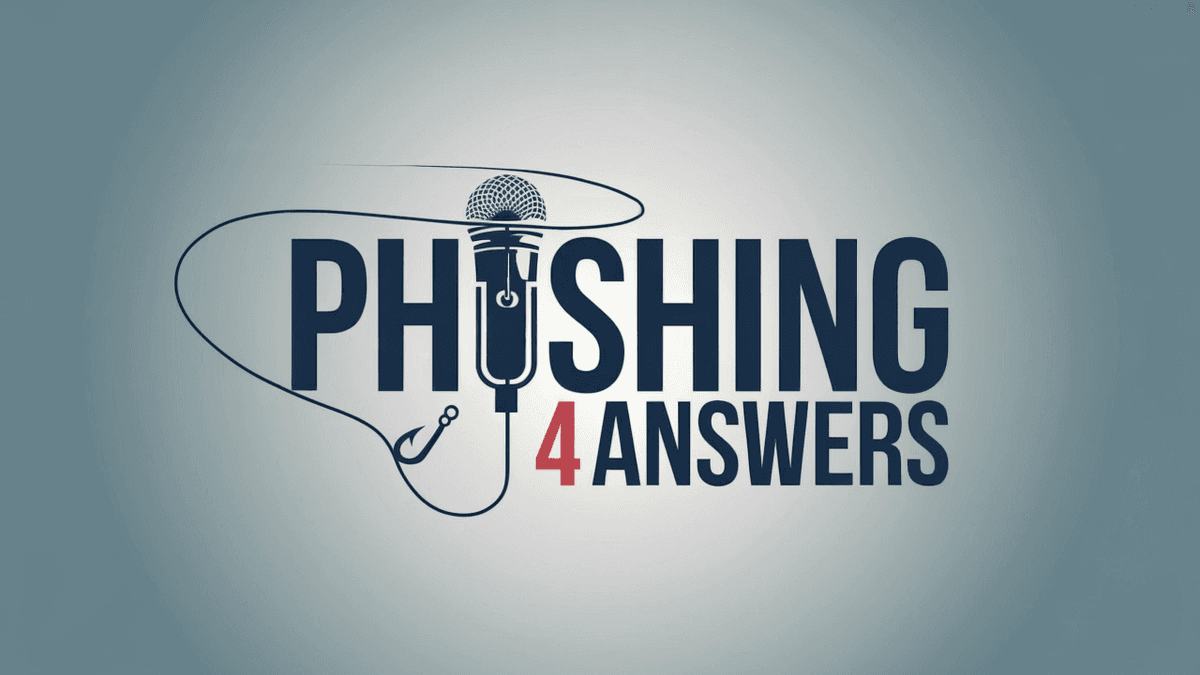
Unhooking the Future: A Candid Conversation with Jyotin Gambhir, CISO of SecureFlo
In this episode of Phishing for Answers, Jyotin Gambhir offers not just a roadmap for understanding advanced phishing techniques and the disruptive impact of AI, but also a reminder about the critical importance of human awareness. From phishing redirects to deepfakes and beyond, the conversation unearthed both the dangers and defenses in today’s digital age. Whether you’re a cybersecurity veteran or just starting on your journey, this episode is packed with insights that will challenge your assumptions and equip you with actionable strategies. Remember: in the world of cybersecurity, stay aware, keep learning, and never let yourself get hooked. Listen to the full episode for a deep dive into these topics and join us next time on Phishing for Answers!
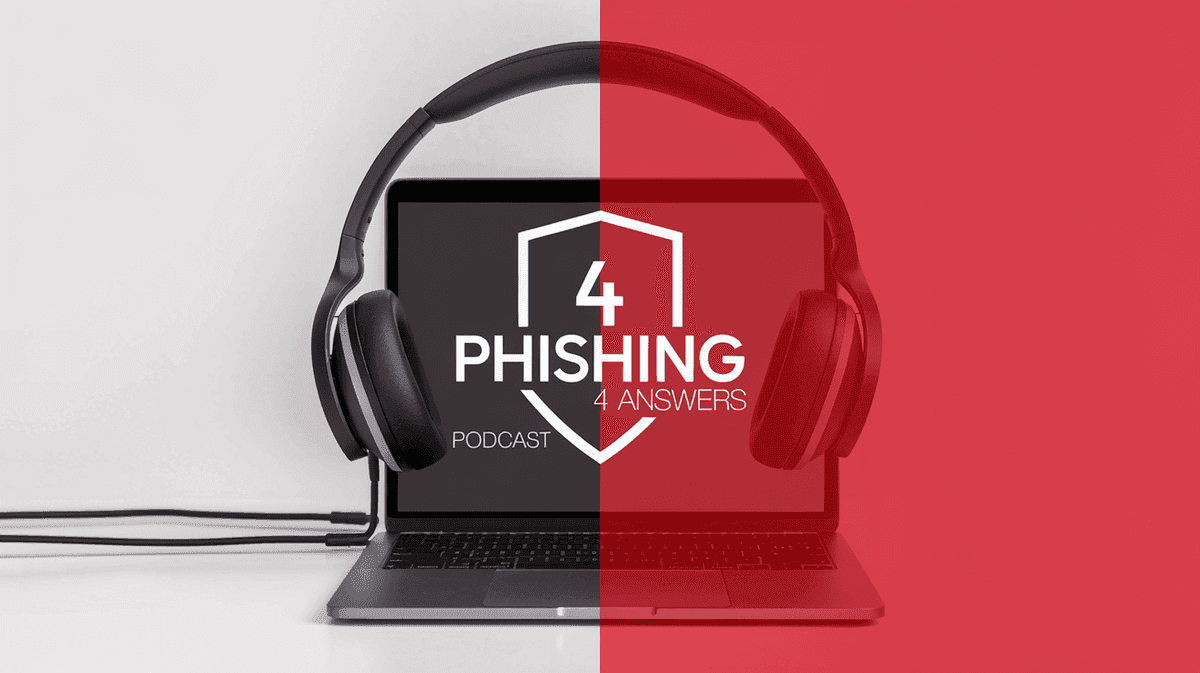
AI Phishing Attacks Exposed—Protect Your Team Today!
In our latest blog post, we explore how different departments within an organization face unique cybersecurity threats, each requiring a tailored defense strategy. From sales teams dealing with phishing emails disguised as client communications to developers targeted with malicious code embedded in code repositories, recognizing these distinct attack profiles is crucial. By implementing role-based training and microlearning, organizations can empower every employee to become a vigilant defender against threats specific to their roles. Discover how PhishFirewall's customized approach transforms departmental vulnerabilities into collective strengths, fostering a security-aware culture across the entire organization.
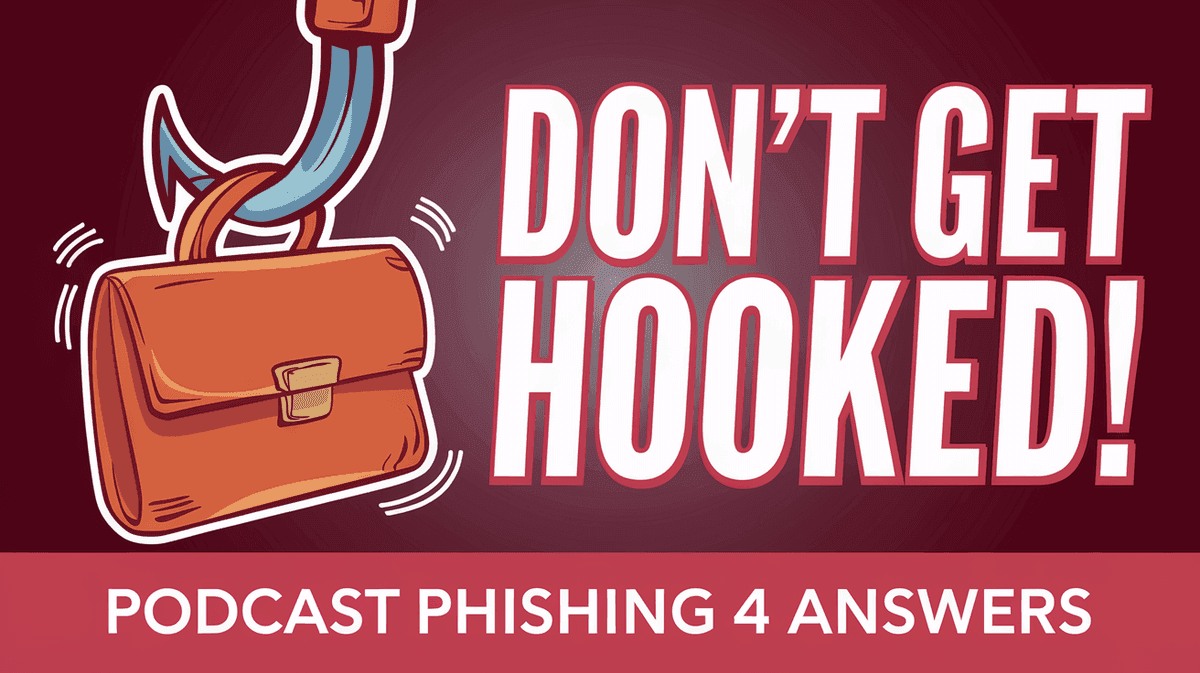
Elevating Experts Reveal the #1 Mistake Companies Make in Cybersecurity!
In our latest blog post, we reveal how even top cybersecurity executives aren't immune to sophisticated cyber attacks! 😱 **Chris Nicolaou, the Chief Information Security Officer (CISO) of CloudSpace**, shared his shocking experience of nearly falling victim to a cunning phishing attempt. This eye-opening incident highlights the hidden dangers lurking within organizations and how hackers exploit human vulnerability—even among the experts. But there's good news! You can transform your biggest vulnerability—your employees—into your greatest strength. Discover how microtraining, role-based education, and positive reinforcement can empower your team to outsmart cybercriminals at every turn. Learn about the game-changing strategies and tools (like PhishFirewall's AI Cyber Coach) that can keep your business one step ahead of evolving threats. 🚀 Don't miss out on these insider insights that could save your company from disaster! Read the full story now and take the first step toward fortifying your organization's cybersecurity posture.
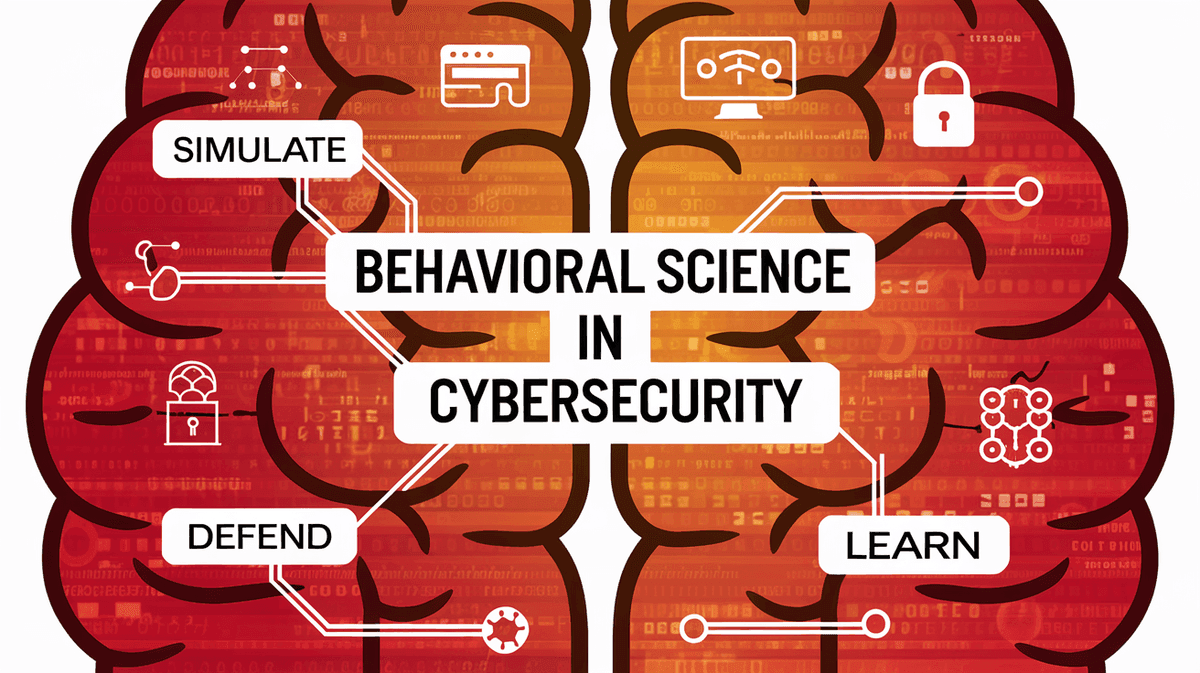
Eliminating Human Error: How Behavioral Science Transforms Cybersecurity
In a recent episode of the "Phishing for Answers" podcast, PhishFirewall's CEO, Joshua Crumbaugh, sat down with cybersecurity expert Pieter VanIperen of Own Company to discuss how understanding human behavior is key to reducing human error in cybersecurity. They explored how leveraging behavioral science, role-based training, and positive reinforcement can transform employees from potential risks into strong defenders against cyber threats. By focusing on gamification, AI-driven insights, and just-in-time training, they highlighted how organizations can build a human-centric cybersecurity culture that reduces errors and enhances overall security. PhishFirewall's innovative approach makes cybersecurity training engaging and effective, turning human error into an organization's greatest defense.